New Raman sensor for precision agriculture
Sometimes stress can just creep up on you. Lack of sleep, lack of nutritious food and not drinking enough water have a cumulative effect. Yes, it’s a tough life being a basil plant. Happily precision agriculture techniques can now give early indication that crops are getting stressed. A new portable Raman sensor may help farmers […]
New blood test for Duchenne Muscular Dystrophy
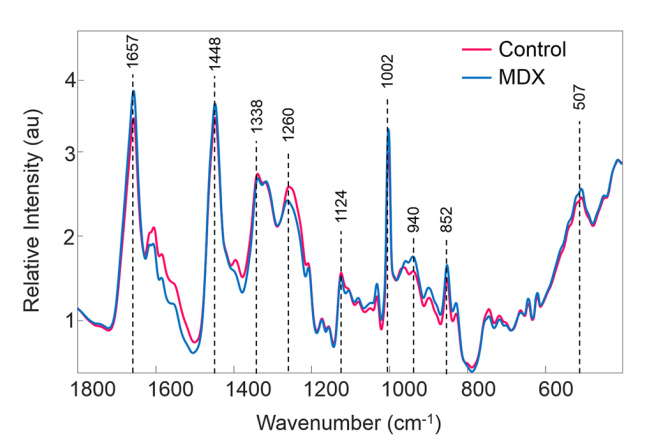
Duchenne Muscular Dystrophy (DMD) affects almost exclusively boys and there are around 2,500 people with the disease in the UK. It develops rapidly from around age 4 and is a life-limiting condition, with muscle tissue gradually degrading until it becomes lifeless. Life expectancy is typically 26 years. As a rare disease, research into DMD is […]
Non-invasive Raman diagnostic for neurodegenerative diseases shows promise

Most people will remember the Ice Bucket Challenge better than its purpose, to fund a cure for amylotrophic lateral sclerosis (ALS). ALS is a neurodegenerative disease, also known as motor neuron disease. Brain diseases can produce confusingly similar symptoms in the early stages therefore a non-invasive, discriminating test would be hugely beneficial to treatment and […]
Raman sets new levels for FFP3 mask efficiency
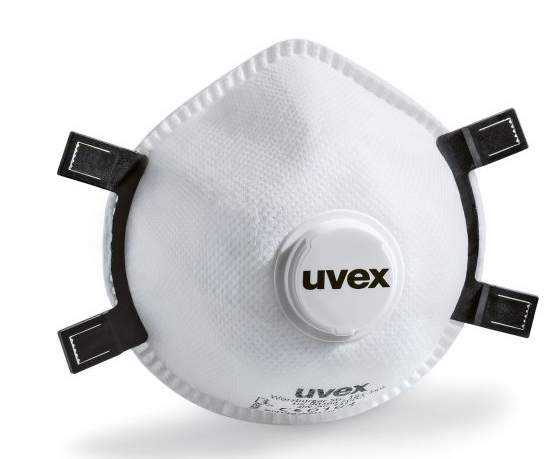
Over the past three months we have all come to know more than we ever wanted to know about face masks. There was a time when most of us encountered face masks only as themes for movies (think Antonio Banderas in Zorro and Jim Carrey in The Mask) or as gloopy brown stuff applied to […]
Cutting edge: Raman directed cancer surgery
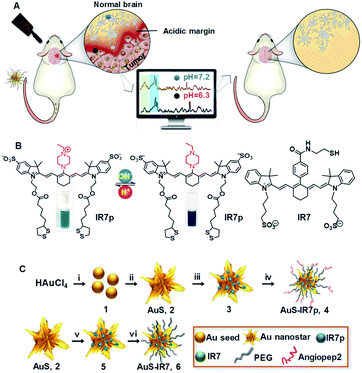
Successful cancer surgery depends crucially on accurate removal of all the cancerous material. This can be tricky in cases where the tumor has invaded healthy tissue with its crabby legs and pincers. Simply erring on the safe side and removing large amounts of surrounding tissue isn’t always a good solution because this can affect the […]
Gorilla glass under the (Raman) microscope
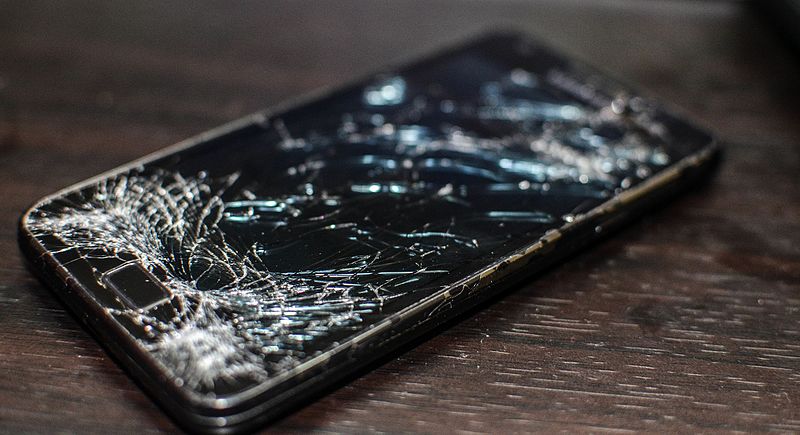
It’s happened to at least one of our smartphones or tablets. Our pride and joy piece of tech gets dented with an ugly crack or scratch. Smartphones are so essential to modern life that we stuff them into bulging pockets and handbags, not noticing what else we also can’t live without. Bunches of keys and […]
Bone cancer diagnosis by Raman microscopy
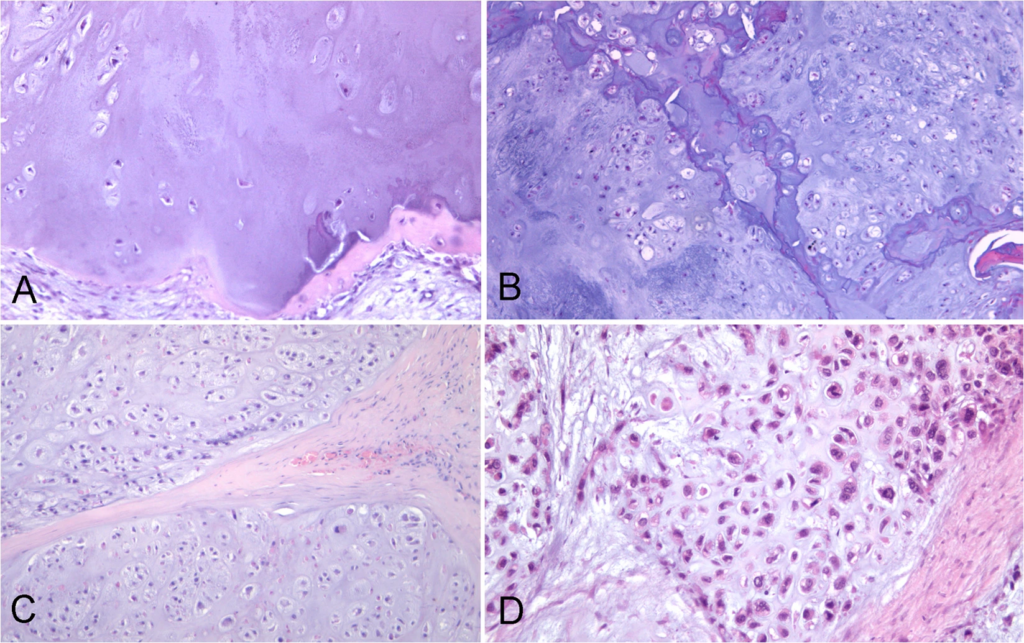
Pathologists have an unenviable job. Armed with just their eyes, their experience and a pinky-coloured picture they must decide whether a patient requires life-saving surgery, has nothing to be concerned about or just needs to be kept an eye on. No matter which part of your body might have started behaving badly, a biopsy is […]